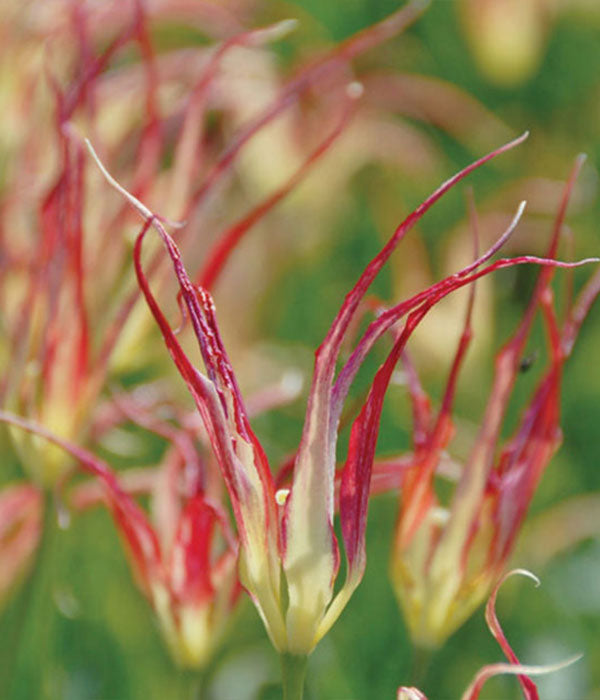What Defines the "Perfect" Tulip?
What exactly is the ideal tulip? As it turns out, different definitions have existed over the years, unique to each culture and time period.

The story begins in the Middle East with the first tulip lovers, the Ottomans. Sultans threw lavish garden parties in celebration of tulips, and poets mused about the tulip’s beauty and meaning. Even the sultan’s champion warrior carried a shield adorned with tulip designs.
With so much popularity, it's no surprise that many turned their efforts to tulip breeding. One 17th century Imam selected what he believed to be the 202 “finest breeders of the age.” These breeders, reflecting the preferences of the sultans and their own beliefs, laid out precise standards for the perfect Turkish Tulip:
- The stem must be tall and thin.
- The flower must be narrowly contoured (the petals could not droop out wide).
- The petals themselves must be dagger shaped, or in other words wide near the base and thin towards the top.
- The texture had to be smooth to the touch while stiff enough to hold upright.
- Rarest of all, the petals had to stretch into long, needle-like tips.
Tulips with such an appearance are extremely uncommon today, but one such example is the species Tulipa acuminata (picture on the right).
In the centuries that followed, the definition of ‘perfect’ would continue to evolve. Seemingly every new group of breeders would apply their own standards, such as the English Florists who also loved so-called broken tulips, but preferred a wider, more open display of the petals like a ‘half a hollow ball,’ and a base color of clean white or yellow with a darker color overlaid on top.
Perhaps most interesting is what has now gone out of style. In the modern tulip industry, broken tulips have fallen from favor, and apart from a few rare cases are actually illegal in the Netherlands. Dutch growers today see them not for their beauty but as a nuisance or threat that could infect other plants.
So amidst all of this, is there a present-day definition for the perfect tulip?
In short, there is not. Things like symmetry and general health will always be considered good, but like all forms of art and beauty, whether or not a tulip is perfect rests in the eye of the beholder. One person may love pointed petals, another may prefer them smooth. One person may love a solid pink tulip, another flared purple and white. There is something inherently beautiful and real in the fact that there is no set answer. Your perfect tulip simply comes down to you.

